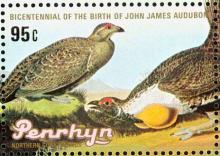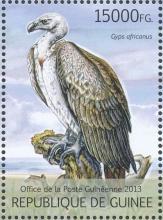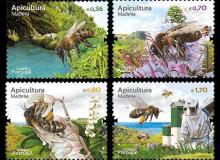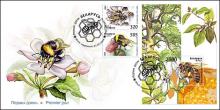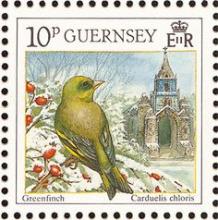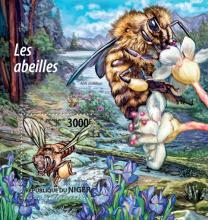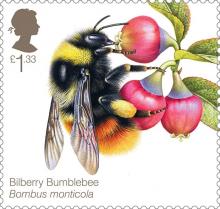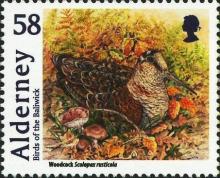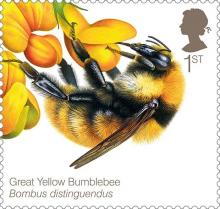Sage grouse numbers expected to decline next year
Wyoming is home to about 40 percent of the sage grouse population in the West, though birds are found in 11 other states and across the Canadian border. The state has taken a central role in protecting the species, both to preserve the larger habitat that sage grouse (Centrocercus urophasianus) and other species depend on, and to avoid a federal endangered species listing. Sage grouse numbers are likely to decline next year, part of a downswing in the bird’s population that happens about every decade, according to the Wyoming Game and Fish Department.

